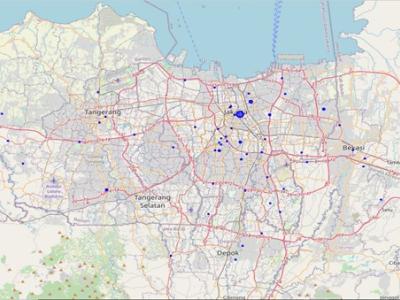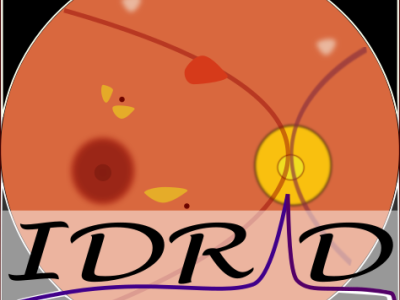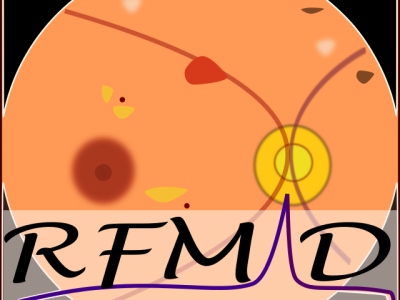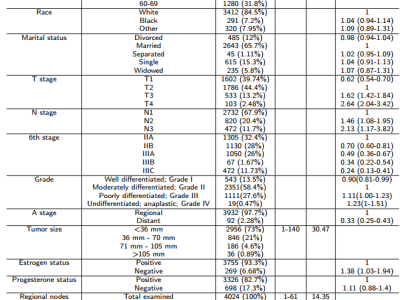Indonesian Covid-19 Dataset
- Citation Author(s):
-
Tuga Mauritsius
- Submitted by:
- Tuga Mauritsius
- Last updated:
- DOI:
- 10.21227/ydc2-c477
- Data Format:
 142 views
142 views
- Categories:
- Keywords:
Abstract
The dataset contains 877 records with 67 variables, documenting various COVID-19-related indicators in Indonesia. The data spans daily case statistics, including new cases, cumulative cases, recoveries, and fatalities. It also tracks government response measures, such as school and workplace closures, public event restrictions, travel controls, and mask mandates. Additionally, it includes vaccination statistics, government response indices, and mobility changes in different sectors (retail, workplaces, and residential areas). Epidemiological indicators such as reproduction rate (Rt), new cases per million, and mortality rates are also present. The dataset offers a comprehensive view of the pandemic's progression and policy responses in Indonesia.
Instructions:
This dataset provides comprehensive information on COVID-19 trends, government responses, mobility changes, and vaccination progress in Indonesia.
1. Understanding the Dataset
• Time Coverage: The dataset records daily COVID-19 data over 877 days.
• Key Variables:
Epidemiological Data: New cases, cumulative cases, recoveries, deaths, and active cases.
Government Response Measures: Lockdowns, school closures, travel restrictions, and mask mandates.
Vaccination Data: Number of doses administered, vaccination policies, and financial support.
Mobility Trends: Changes in population movement across retail, workplaces, and public spaces.
Policy Indices: Various indices measuring the government's pandemic response strictness.
2. Working with the Data
2.1 Preparing the Data
• Open the dataset using Microsoft Excel, Google Sheets, or any data analysis tool.
• In Python/R/SPSS, import the dataset for advanced statistical analysis.
• Check for missing values and ensure the data types are correct.
2.2 Key Insights
• COVID-19 Case Trends: Identify peaks and declines in daily case numbers.
• Government Response Effectiveness: Analyze how restrictions impacted case counts.
• Mobility Changes: Evaluate the impact of restrictions on population movement.
• Vaccination Effectiveness: Assess how increased vaccinations influenced infection rates.
• Epidemiological Forecasting: Use time-series models to predict future outbreaks.
3. Use Cases for Different Audiences
For Researchers & Data Scientists
• Perform statistical analysis to understand pandemic trends.
• Apply machine learning models for case prediction and policy impact assessment.
• Conduct correlation analysis between government measures and infection rates.
For Policymakers
• Assess the effectiveness of lockdowns and restrictions on controlling the spread.
• Use mobility data to evaluate public compliance with health regulations.
• Determine if stricter measures led to a reduction in active cases.
For Businesses & Organizations
• Understand how workplace restrictions affected operations.
• Use mobility data to assess consumer behavior changes in retail sectors.
• Plan recovery strategies based on economic reopening trends.
4. Recommended Steps for Analysis
1. Explore the dataset: Identify key trends and patterns.
2. Filter by timeframe: Analyze specific months or policy periods.
3. Compare regions (if applicable): Assess differences in impact across locations.
4. Visualize trends: Create graphs to track case numbers, policy changes, and vaccination effects.
5. Export results: Save cleaned or processed data for reports and further analysis.
5. Advanced Applications
• Predict future case surges using epidemiological models.
• Evaluate the relationship between government interventions and economic activity.
• Design policy simulations to test the impact of different restriction strategies.







